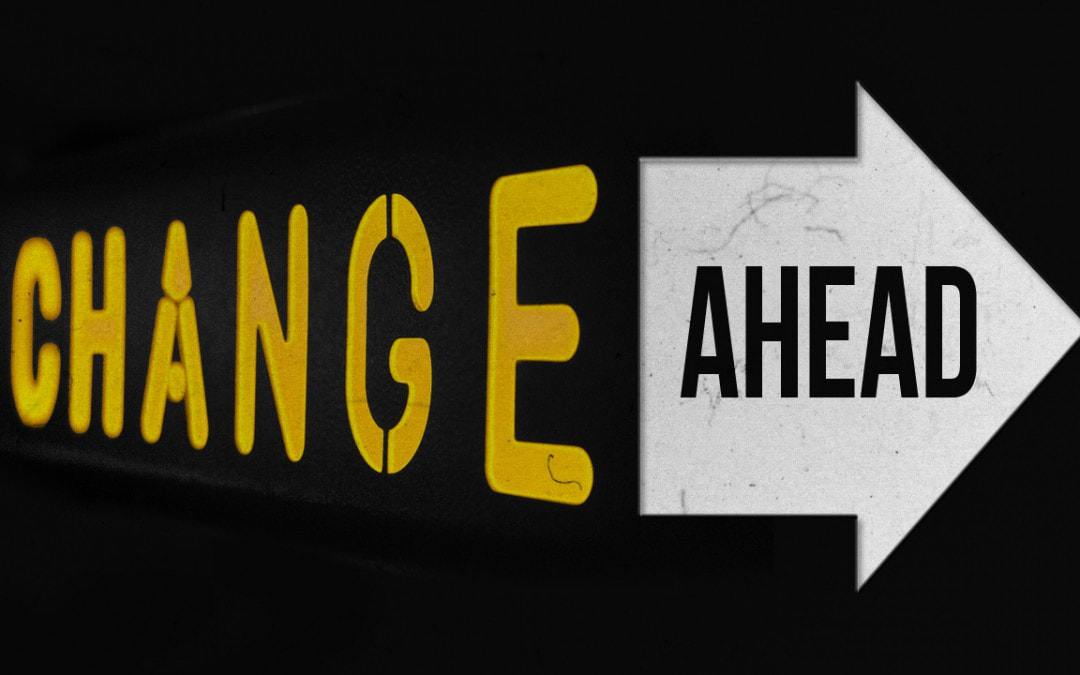
Have you heard Jessica Salfia’s poem, “The First Lines of Emails I’ve Received While Quarantining”? It talks about the “new normal”, and more. Truthfully, we’ve heard so many people say they are waiting to get back to normal. Or that they’re trying to normalize their business processes, “under the circumstances”. Or that they don’t have time to think about strategy right now, because they’re just treading water, or trying not to crack the thin veneer that’s separating them from the chaos. Does that sound familiar?
It makes us think. What if, or how might we? How might we use the crisis to knock on the door of an opportunity? How might we use our time differently, to make our businesses over into the kind of businesses we’ve wanted or deserved all along? Let’s face it, everyone is doing things they’ve never done. Learning, implementing, trying, failing, and trying again. So we’re asking you to consider this: create what we’ll call a One Team®. (If you’re a team of one, you might need to reach out and form a Mastermind group to be your One Team). That team’s job is to select one thing that everyone agreed before all this began, would make a massive difference to either your customers or your colleagues, if it could just be sorted out and implemented. Then give the team license to take one day a week to think about this, and only this. Really work on it. Come up with ideas. Test. Prototype stuff. Make drawings. Research. Ask questions. They get a buy on all video conferences for most of that day. Then at the end of that one day, they have only one online meeting to explain their one most important lesson learned, to offer one thing up that the rest of the company can use, and to make one ask that will carry them forward to their next step. Then you let them repeat this process until you can see the change they’ve made. Because they will. We’re sure of it.
I’m Megann Willson, and I’m one of the Partners here at PANOPTIKA. We work with our clients to help them to see everything they need to work on to make better decisions for their businesses. Find us on Twitter and Facebook, too. On Fridays, we send News You Can Use to our subscribers. You can become one by signing up with the orange button, below.
Flatten the curve. Stay safe. Stay home.



